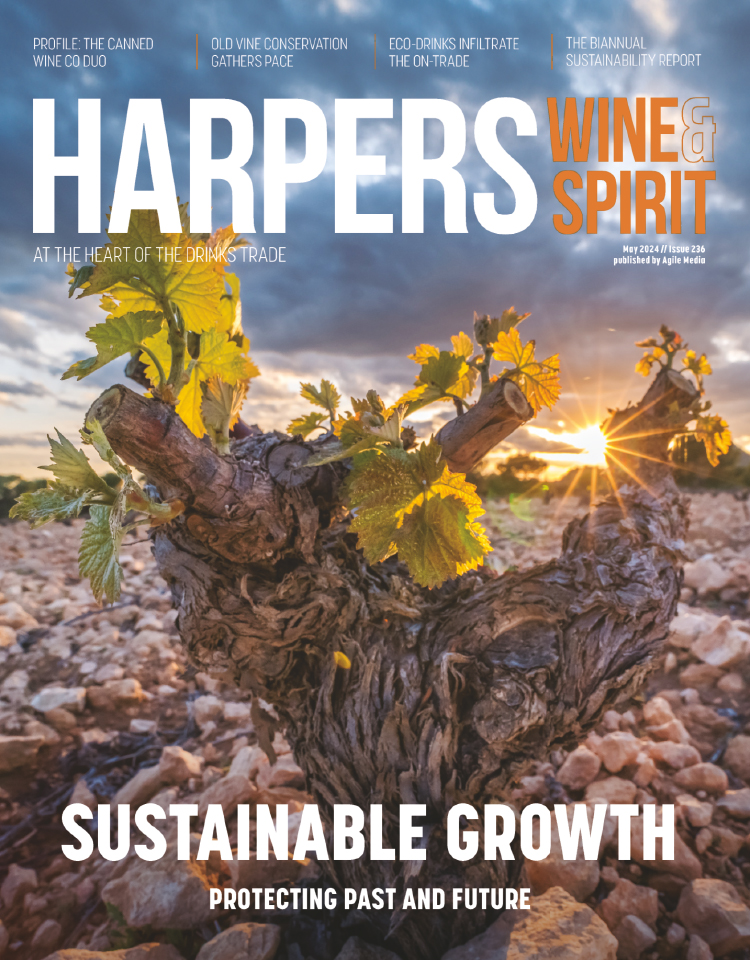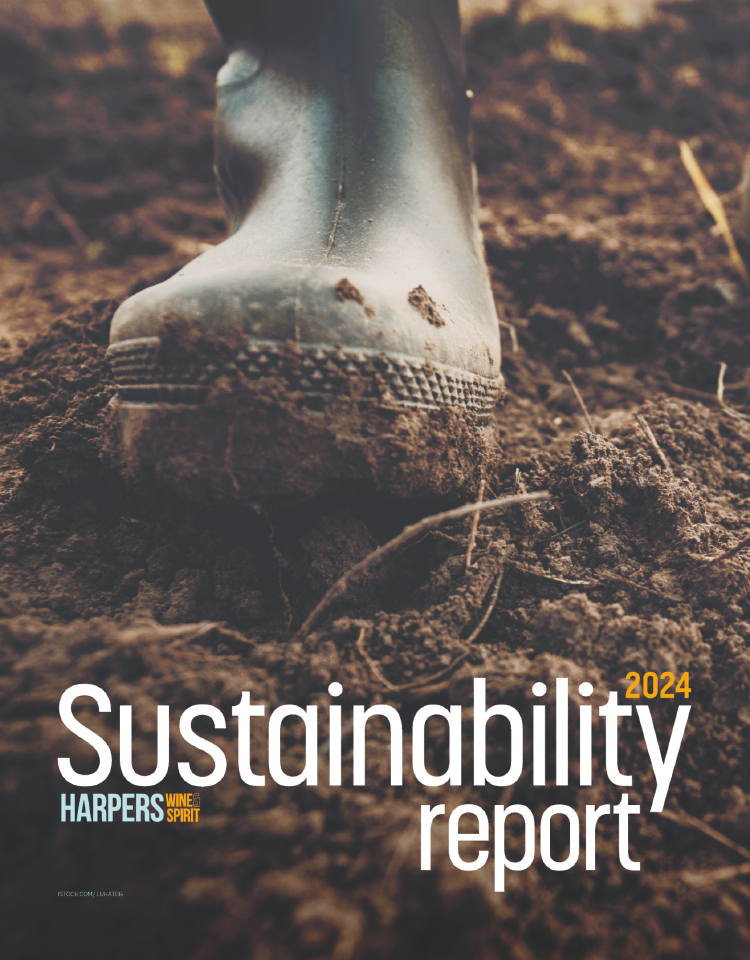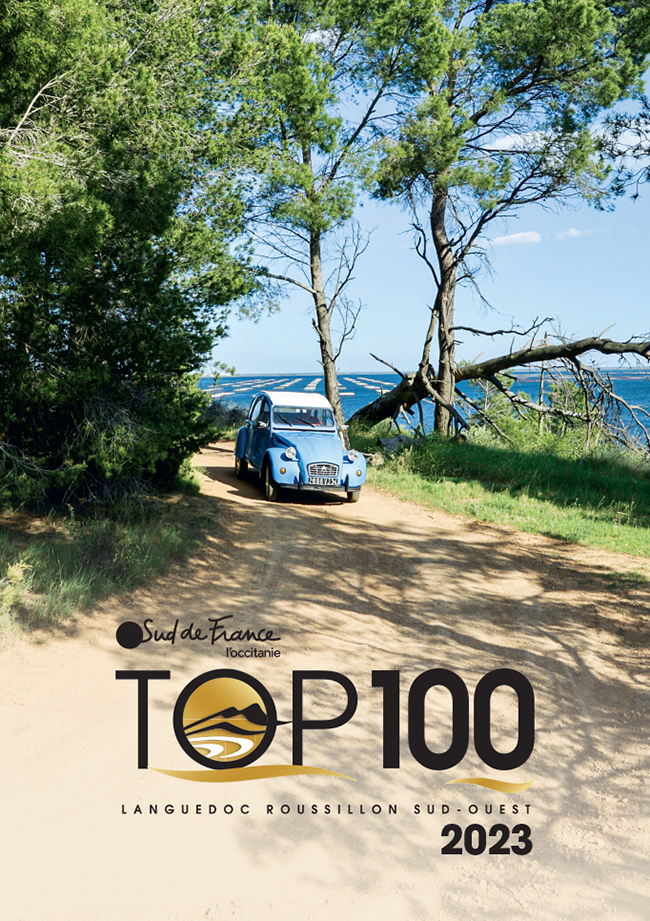
Following immersion in Riesling Downunder, Sarah Ahmed explores the variety’s potential in the UK
If the recent Riesling Riot was a litmus test, then Riesling is clearly starting to attract the cool crowd in Australia.
Doubtless, the DJ, the eye-catching labels and strong presence of ‘generation next’ behind the tables helped too. This event formed part of the triennial international Riesling celebration, Riesling Downunder, with this year’s mega-tasting of Rieslings from over 60 international producers attracting 730 people in Melbourne (versus 500 previously) and 550 at its Sydney debut, split almost equally between consumers and trade.
So what’s different and is Australian Riesling winning new UK fans?
While classic dry Clare and Eden Valley Rieslings still dominate premium sales, cooler climate examples are gaining ground.
From zero Australian Rieslings a decade ago, leading German Riesling importer Awin Barratt Siegel Wine Agencies (ABS) now lists 10, spanning five regions. Of those, sales director Kate Dowdeswell reports, “Tassie Riesling is hot!”
ABS’s Devils Corner and Tamar Ridge’s sales are up 36.85% by volume so far this year.
Similarly, according to Liberty Wines’ managing director David Gleave MW, sales growth of Liberty’s classic dry range - 32% by volume since January 2012 - has been “spearheaded by an impressive 62% growth in the on-trade”.
A new niche is funkier, textural Rieslings, influenced by natural ferment, lees-ageing, skin contact and oxidative handling in barrel or foudre.
Contrasting Interloper’s classic Riesling with funkier sister-label Odeon, importer Red Squirrel’s managing director Nik Darlington says the former does well in both on and off trade, while the latter “attracts restaurant sommeliers who can hand-sell higher-end New World wines to curious diners”.
For Les Caves de Pyrene’s sales director Doug Wregg, these “more gastronomic” Rieslings appeal to on trade customers, “who are looking for mouthfeel”.
Playful field blends are smaller still but, according to Wregg, are “a natural wine bar phenomenon”. David Knott of The Knotted Vine agrees, adding: ”They appeal to the next level of wine geek.”
These days, not all Australian Riesling is bone dry. Gleave, who is happy to import them “where a bit of residual sugar sits comfortably on the frame of the wine,” lists Grosset’s off dry Alea and, this year, Canberra District’s Clonakilla Riesling.
Already listing Josef Chromy’s Sekt and and Kabinett-style Tasmanian Rieslings, Bibendum has just shipped a mixed pallet of my top Riesling Downunder discovery - Rieslingfreak’s pure-fruited but subtly textural Sekt, dry and Kabinett-style Clare and Eden Valley Rieslings.
For Simon Thorpe MW, who heads up antipodean specialist Negociants UK, young guns Chaffey Bros’ Tripelpunkt Riesling “appeals as a match for certain styles of cuisine with which Dry Riesling can clash.”
However, Thorpe is not alone when he cautions that niche styles could be counter-productive for Australian Riesling, because there is “a greater sense of cut through to the consumer if there is a similarity in style of dry Riesling.”
With sales of 100,800 litres last year, Jacob’s Creek Classic [dry] Riesling tops the Riesling category by volume in the UK off trade (excluding private labels) and Pernod Ricard has no plans to venture into sweeter styles.
That said, chief winemaker Ben Bryant is tweaking fruit sourcing “towards Langhorne Creek for structure and freshness, Clare Valley for added depth of fruit and flavour”, looking for “a bit more generosity and fruit profile, rather than just acid line, because Riesling at that price has to be approachable”.
Bryant’s comments reflect an ongoing quest voiced by Riesling producers during Riesling Downunder - bringing balance to the consumer.
In Germany, this has resulted in a shift towards dry Rieslings which, Dowdeswell reports, are “growing at a phenomenal rate.”
Fellow German Riesling specialist Ben Mason at Wine Mason in Dublin confirms that off-trade consumers, including 20-30-somethings “who don't have the Liebfraumilch all-Riesling-is-sweet complex” are “buying Riesling in the same way as they buy Albarino or Chenin Blanc”.
“Not anywhere near the New Zealand Sauvignon Blanc level, but as a trendier choice for the wine explorer,” adds Mason.
Perhaps ultimately, it pays not to be too one-eyed about wine style or, indeed, the consumer; a broader church of Australian Riesling is finding its converts.
Keywords:
- wine
- Australia
- Sarah Ahmed
- Riesling
- Liberty
- David Gleave
- ABS
- Riesling Riot
- Risling Downunder
- Kate Dowdeswell







